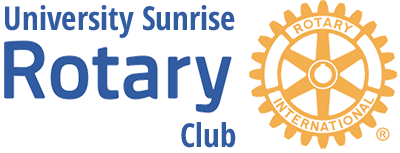Email reprinted in its entirety below.
Hi Tom,
I can’t wait to get the invoice for therapy. I hope we agreed on a fee.
Hmmm, I may be beyond help. On Saturday as a follow up to the Seattle Marathon, I ran 36.1 miles of a 50-mile desert trail race with 4,000′ of elevation climb. It took over 11 hours. But I did not wear my Rotary Club hat. Sorry, Pam; you see, running all day in the desert required more sun protection.

Sue drove out to the waystation on the Arizona Trail and took this picture. Most of the course had no cell phone coverage, so she was worried that the old guy would be found, and eaten by coyotes several days later.
I definitely need to manage my time, so thank you. I knew I needed to make these waystations at a certain time or get pulled from the race. I looked happy in this photo attached, because I made this waystation at the Gabe Zimmerman trailhead (with a 9 hour cutoff) at 8:53 into the race. Whew! Sue brought me a cold beer and I was off to the next waystation. The two youngsters behind me (upper left of the picture) saw that I had shed some of my gear at the prior aid station, so that I could make this cutoff – so they stayed with me the whole way and thanked me when they arrived a few minutes later. They made that cut off, too. But as we continued the race, the rate of elevation increased…and darkness set in.
As it turned dark, after around 1 1/2 hours after sunset – while running in the dark with my flashlight and a set of spare batteries, I made the next aid station. There was no crew allowed there, so Sue had driven on to the 39.1 mile waystation at Pistol Hill. So at mile 36.1, I got pulled out of the race-by-race officials and driven back to the starting line. Humiliating! And it is clearly AGE DISCRIMINATION! I’m ONLY 72! (Note – I was partially relieved as temps were dropping into the 30’s). At Pistol Hill where the “beer crew” were allowed, Sue was monitoring the amatuer radio communications that kept asking, “has bib #65 come into your aid station yet?” “Not yet.” “He has now missed the cutoff time for Pistol Hill.” “We know.” Of course, no cell phone coverage… so no one knew whether I had been eaten by a bear or fell off a cliff at night… or was simply running my usual race like a bad ass, mean old mutha’ f–ker (excuse my French).
If I were sane, I’d call that kind of hobby “crazy.”







